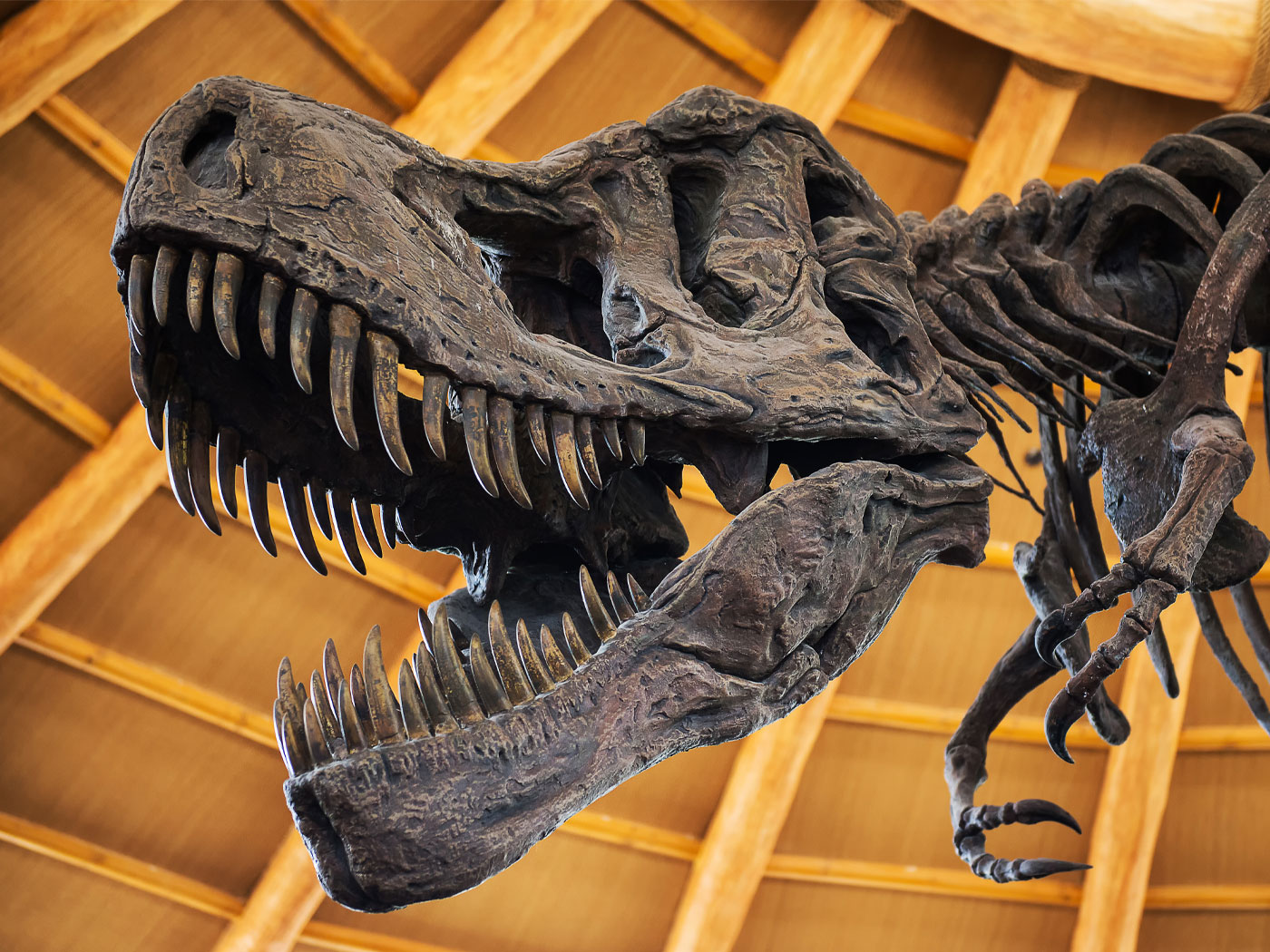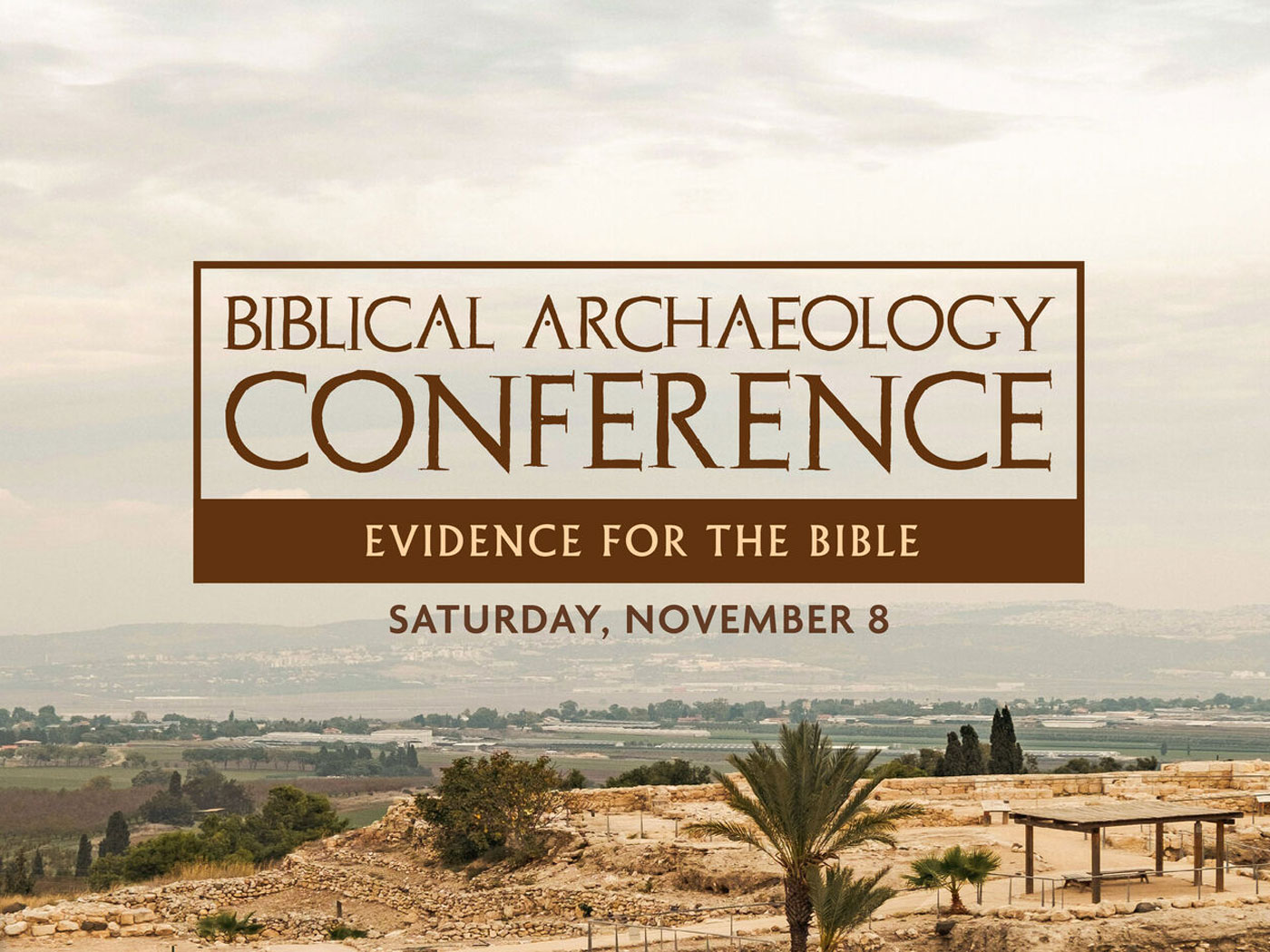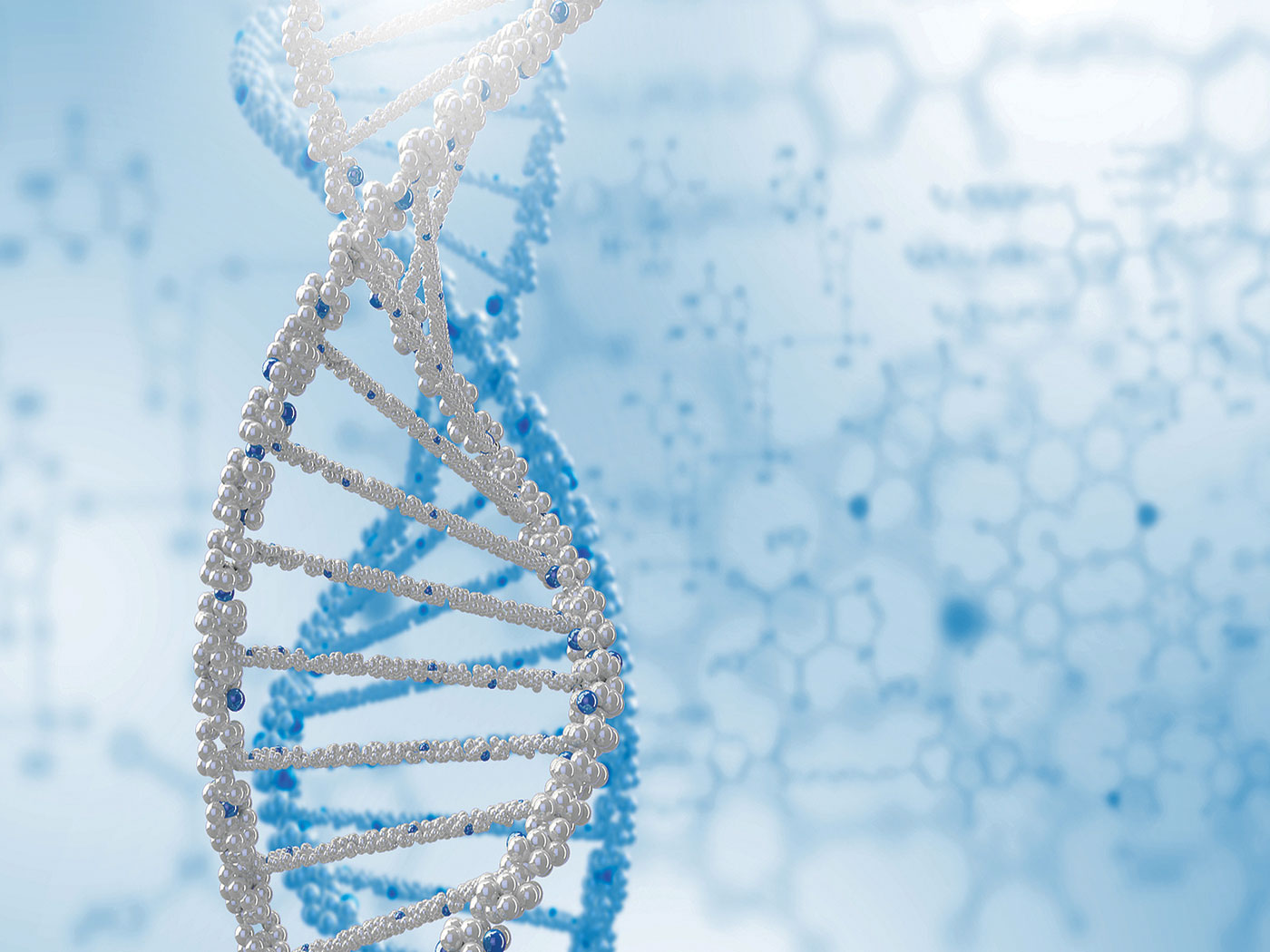Few animal traits are trotted out as illustrations of evolution as often as the whale’s supposed vestigial hip bones. Defenders of evolution ask why else would a whale, which has no hind limbs, have hip bones unless they are all that remains of an ancient, land-walking, whale ancestor? Recent research has uncovered new details about the critical function of whale hips—details that undermine this key evolutionary argument and confirm divine design.1
Vestigial organs originally referred to useless body parts left over from some ancient evolutionary ancestor. The human appendix has served as a textbook example of a vestigial organ thought to have no current function. Research has since shown that it serves multiple uses in the human digestive and immune systems. A perfectly useful appendix clearly nullifies this argument for evolution.
One by one, researchers have described impressive uses for all of the organs that 19th century naturalists thought were vestigial. Will whale hip bones also be erased from evolution arguments?
In the words of a USC news release, researchers from the University of Southern California and others have turned “a long-accepted evolutionary assumption on its head.”2 The journal Evolution published their new analysis of whale hips, led by USC’s Jim Dines.3
Mark Ridley summarized this long-accepted evolutionary assumption in his college-level textbook Evolution writing, “Why, if whales originated independently of other tetrapods [i.e., if whales were created], should whales use bones that are adapted for limb articulation in order to support their reproductive organs?”4
But this assumes the point in question. Are whale hips indeed adapted—or, rather, designed—for limb articulation and not as support for their reproductive organs? Since the whale “pelvic girdle” does not even link to its spine, legs attached to a whale’s pelvis would only get in the way. This new research shows that whale hips are not designed for limb articulation at all, but for another important job involving God’s command from Genesis to “fill the earth.”
Publishing in the journal Evolution, evolutionary biologists analyzed the sizes of whale reproductive organs, comparing them to whole body and pelvic girdle sizes. They wrote, “Whatever the underlying cause, we hypothesized that species with relatively large [male sexual organs] must have relatively large ischiocavernosus muscles..., which in turn require relatively large pelvic bones to serve as anchors.”3
Scientists have not yet observed how these colossal creatures reproduce, but it stands to reason given the great distance between their eyes and reproductive organs that male whales likely need an extra measure of control during the mating process—and bigger pelvic bones lead to increased control. Mathew Dean, of the Natural History Museum of Los Angeles County, co-authored the Evolution report.
Why, if whales originated from other tetrapods, should whales use bones that are perfectly suited for controlling their sexual organs instead of showing any vestige of usefulness for life on land?
These results show that male whales use pelvis bones that were well crafted for anchoring reproductive organs—not for anchoring limbs. Whale hips are not vestigial.
References
- Thomas, B. 2012. Ways That Whales Display Their Creator. Acts & Facts. 41 (8): 18-19.
- Perkins, R. Whale Sex: It’s All in the Hips. USC News Release. Posted on pressroom.usc.edu September 8, 2014, accessed September 30, 2014.
- Dines, J.P. et al. Sexual selection targets cetacean pelvic bones. Evolution. Published online before print, September 3, 2014.
- Ridley, M. 2004. Evolution. Malden, MA: Blackwell, 60.
* Mr. Thomas is Science Writer at the Institute for Creation Research.
Article posted on October 6, 2014.




















